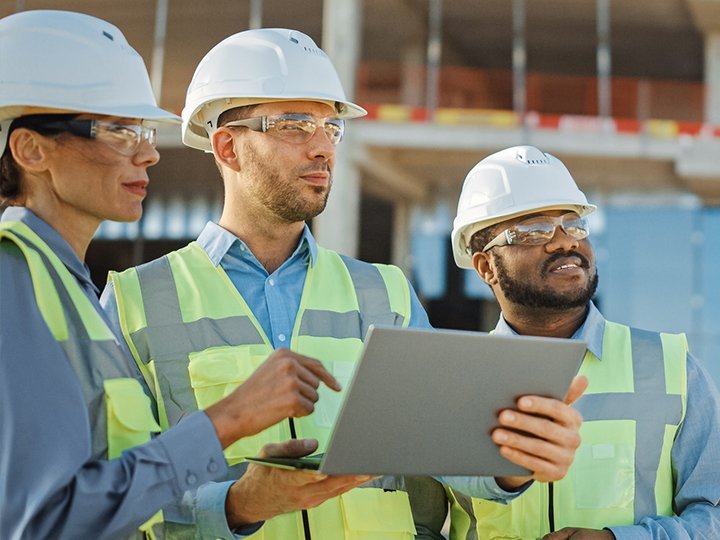Behind the Scenes of a Commercial Inspection
If you're in the process of buying or leasing a commercial property, it's important to understand the steps involved in a commercial inspection. This process is designed to identify any issues with the property that may affect its value or safety. A commercial inspection is a complex process that involves a team of professionals, and in this blog post, we'll take a behind-the-scenes look at what goes into a commercial inspection.
Step 1: Site Visit
The first step in a commercial inspection is a site visit. This is where the inspector visits the property to assess the building's condition, location, and surroundings. The inspector will take note of any potential safety hazards, such as uneven floors, broken stairs, or dangerous electrical wiring. They will also look at the surrounding area to identify any environmental hazards, such as flood-prone areas or toxic waste.
Step 2: Initial Inspection
Once the site visit is complete, the inspector will conduct an initial inspection of the property. This involves a visual inspection of the building's exterior, interior, and mechanical systems. The inspector will use specialized tools to test the property's electrical, plumbing, heating, and air conditioning systems. They will also check the roof, foundation, and walls for signs of damage or wear and tear.
Step 3: Documentation
During the initial inspection, the inspector will take detailed notes and photographs of the property. This information will be used to create a comprehensive report that outlines any issues found during the inspection. The report will also include recommendations for repairs or improvements that should be made to ensure the property's safety and value.
Step 4: Specialist Inspections
Depending on the size and complexity of the property, the inspector may need to call in specialists to conduct additional inspections. For example, if the property has a swimming pool, a specialist may be needed to inspect the pool's condition and safety features. If the property has a fire suppression system, a specialist may be needed to test the system and ensure that it meets local safety codes.
Step 5: Final Inspection
Once all of the inspections are complete, the inspector will conduct a final inspection of the property. This involves a thorough review of the documentation and reports, as well as a final visual inspection of the property. The inspector will make sure that all recommended repairs and improvements have been made, and that the property is in compliance with local safety codes.
Step 6: Report
Finally, the inspector will create a final report that outlines the findings of the inspection. This report will include detailed descriptions of any issues found, as well as recommendations for repairs and improvements. The report will also include a summary of the inspections conducted, the inspectors' qualifications, and any certifications or licenses held.
In conclusion, a commercial inspection is a vital step in the process of buying or leasing a commercial property. It's important to work with a qualified and experienced inspector who can identify any potential safety hazards or issues with the property. By understanding the steps involved in a commercial inspection, you can be better prepared for the process and ensure that your property is safe and valuable for years to come.
If you’d like to schedule an inspection, contact us now:
🌎 latinspection.com
📞 206 - 202 7522 ( work ) ( Call only )
📞 408 613 5572 ( Cell ) ( call & text )
✉️ Info@LATinspection.com
📍Servicing King & Pierce County and the surrounding areas.




